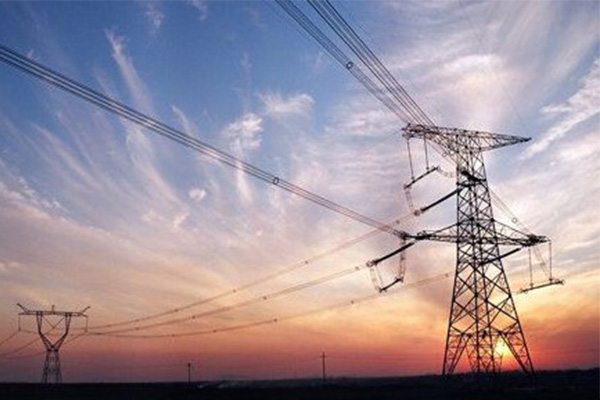language
As technology becomes more central to everyday life and business operations, maintaining consistent and clean power to your equipment is critical. A UPS (Uninterruptible Power Supply) unit provides that vital protection, ensuring that computers, servers, network devices, and other electronics remain operational during outages and are shielded from damaging power fluctuations. But with many models and configurations available, how do you determine which features truly matter when selecting a UPS unit?
1. Power Capacity (VA/Watt Rating)
The power rating of a UPS unit indicates how much load it can support. This is usually expressed in volt-amperes (VA) and watts (W). The higher the rating, the more devices the unit can support.
What to consider:
Total the power requirements of all devices you intend to connect.
Choose a UPS with at least 20–30% more capacity than your calculated load to allow for expansion and safer operation.
2. UPS Topology
Different UPS designs offer varying levels of protection. The three most common types are:
Offline (Standby): Provides basic backup and surge protection; switches to battery during outages.
Line-Interactive: Regulates voltage and provides battery backup; ideal for small businesses and home offices.
Online (Double Conversion): Offers continuous, clean power; best for critical or sensitive equipment.
What to consider:
The more sensitive or essential your equipment, the higher the level of protection you should choose.
3. Battery Runtime
Battery runtime indicates how long the UPS can keep your equipment running during a power failure. Some units offer a few minutes—enough to save work and shut down safely—while others can last much longer.
What to consider:
The criticality of your systems: Do they need to stay online for extended periods?
Whether the UPS supports external battery packs for longer runtimes.
4. Automatic Voltage Regulation (AVR)
AVR is a feature in line-interactive and online UPS systems that stabilizes input voltage without switching to battery. It helps protect against under-voltage (brownouts) and over-voltage conditions.
What to consider:
If your location experiences frequent voltage fluctuations, AVR can prolong battery life and protect your equipment from gradual damage.
5. Surge Protection
Power surges from lightning strikes, grid switching, or appliance startup can damage connected electronics. Most UPS units come with surge protection built-in.
What to consider:
Check the joule rating—the higher it is, the more surge energy the unit can absorb.
Some models also offer surge protection for phone, fax, or network lines.

6. Display and Indicators
Modern UPS units often include LED or LCD panels that show real-time data such as load level, battery status, and input/output voltage.
What to consider:
A clear display makes monitoring easier.
Some models include audible alarms for critical alerts like overloads or battery replacement.
7. Communication and Monitoring Options
Many UPS units come with USB, serial, or network ports that allow for integration with monitoring software or network management systems.
What to consider:
Choose models that support SNMP cards or remote monitoring if managing multiple UPS units.
Look for units that support automatic safe shutdown of connected systems during extended outages.
8. Form Factor and Mounting Options
UPS units come in different physical designs including tower, rack-mounted, and compact desktop models.
What to consider:
Choose a form factor that fits your installation space.
For IT racks or data centers, a rack-mount UPS is ideal.
For small offices or homes, a compact tower-style unit may be sufficient.
9. Hot-Swappable Batteries
Some advanced UPS models feature hot-swappable batteries, allowing users to replace them without shutting down the UPS or connected equipment.
What to consider:
This is especially important in 24/7 environments where uptime is critical.
10. Warranty and Support
Reliability and support from the manufacturer can make a difference, especially for long-term use.
What to consider:
Look for at least a 2- to 3-year warranty.
Consider brands with strong service networks and replacement policies.
A UPS units power supply is more than just a backup—it’s a crucial component of any reliable electrical system. Whether you're protecting a home computer, a point-of-sale system, or an entire server room, the features you choose directly affect performance, safety, and long-term value.